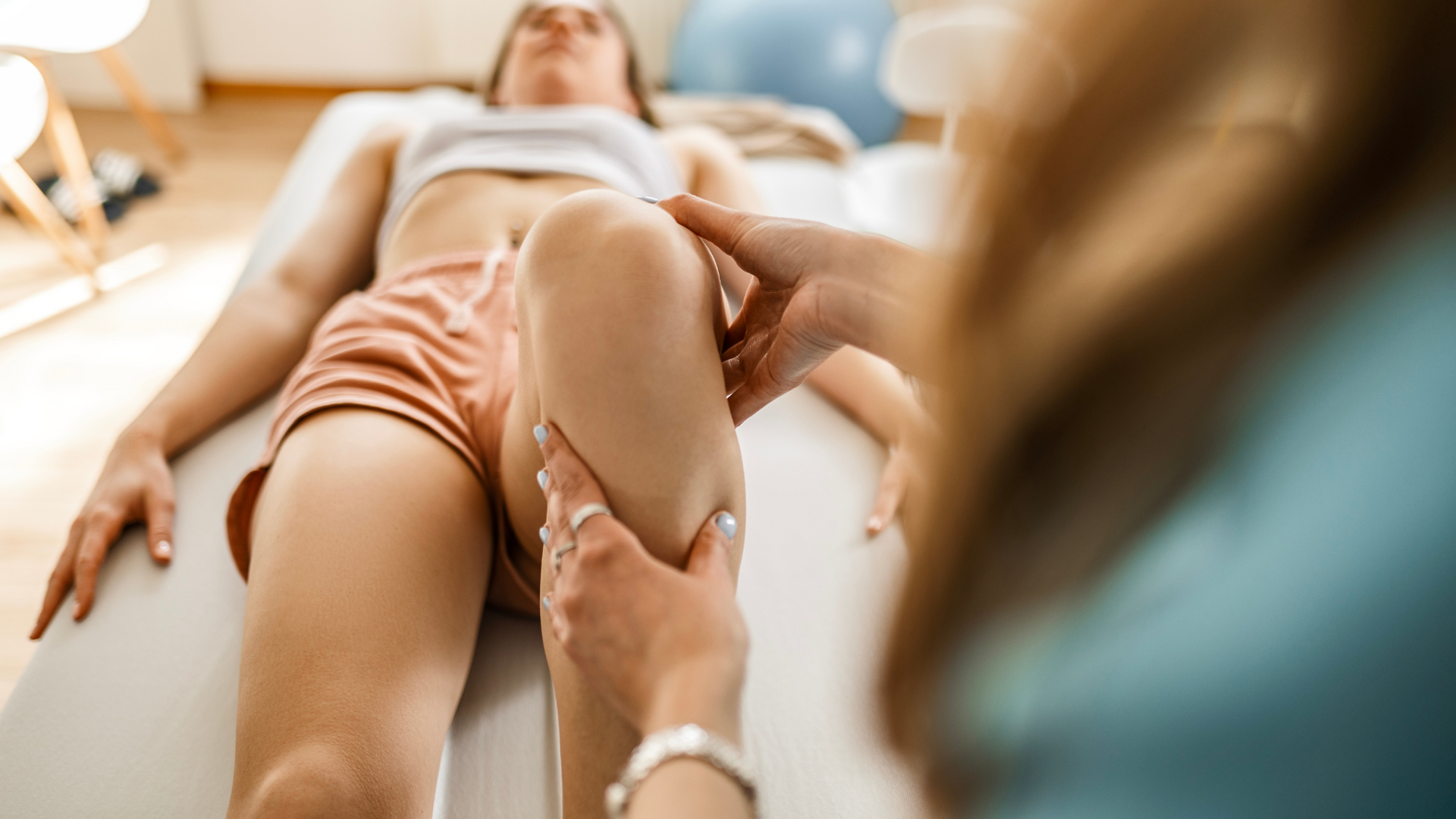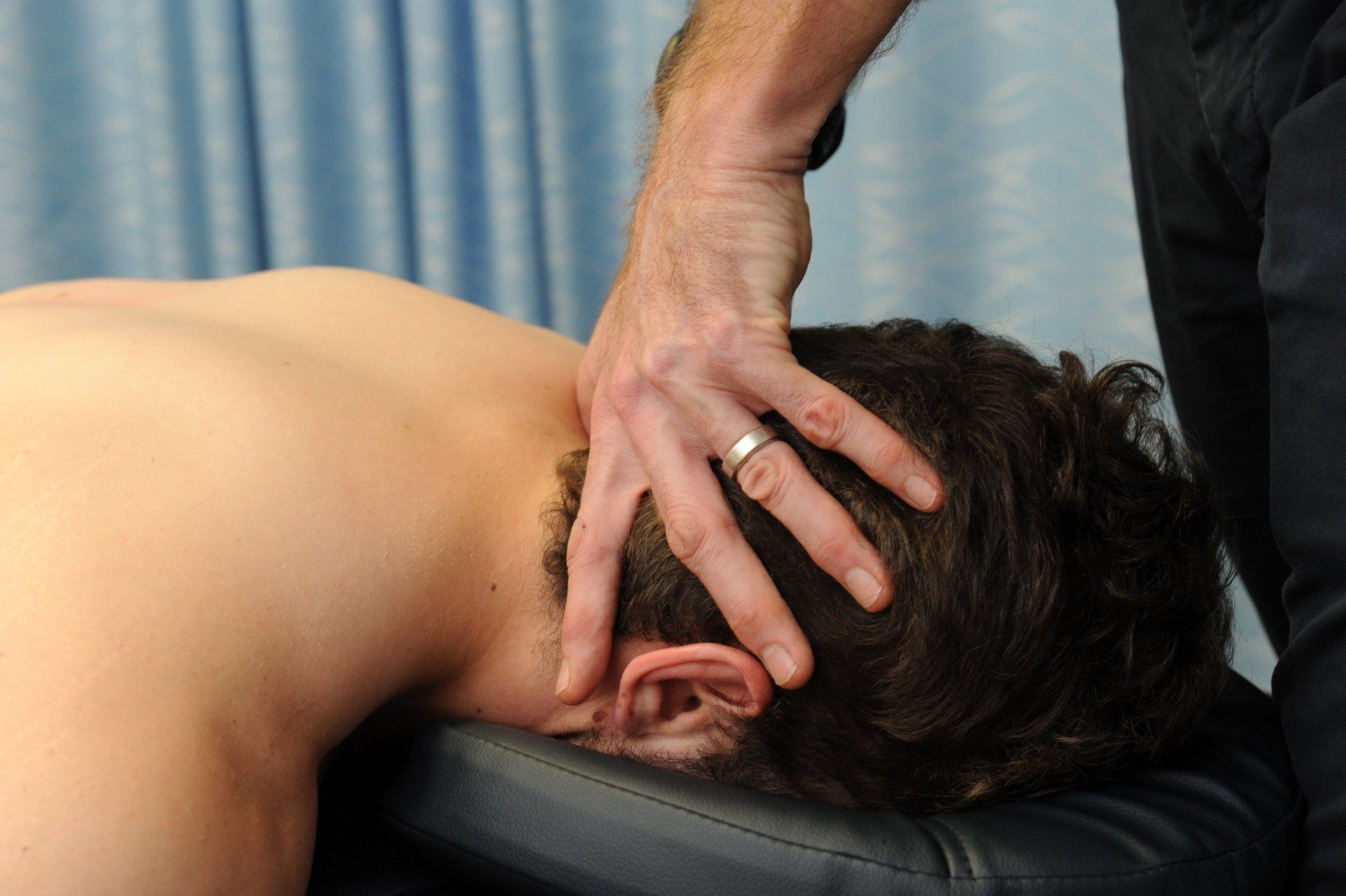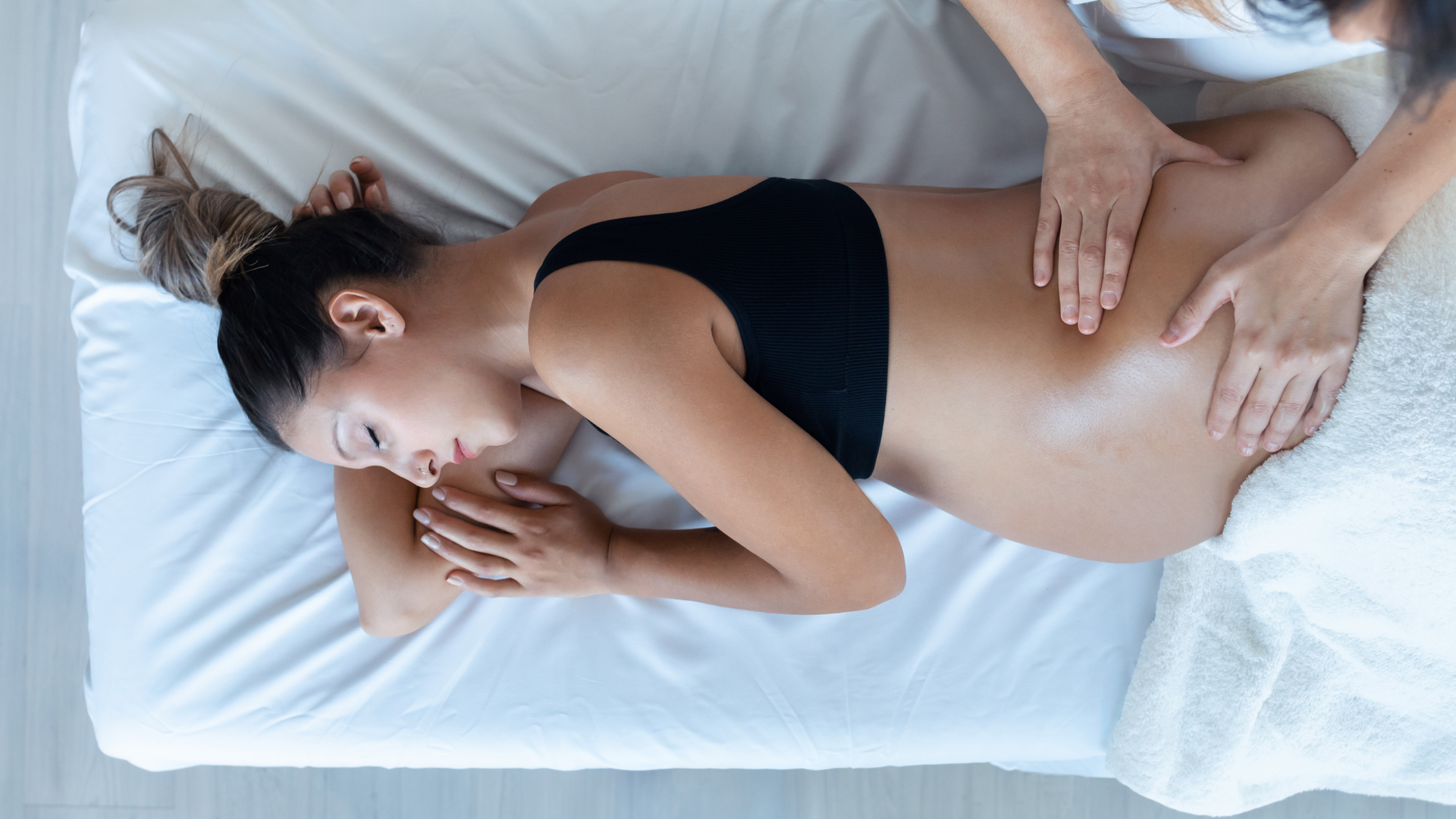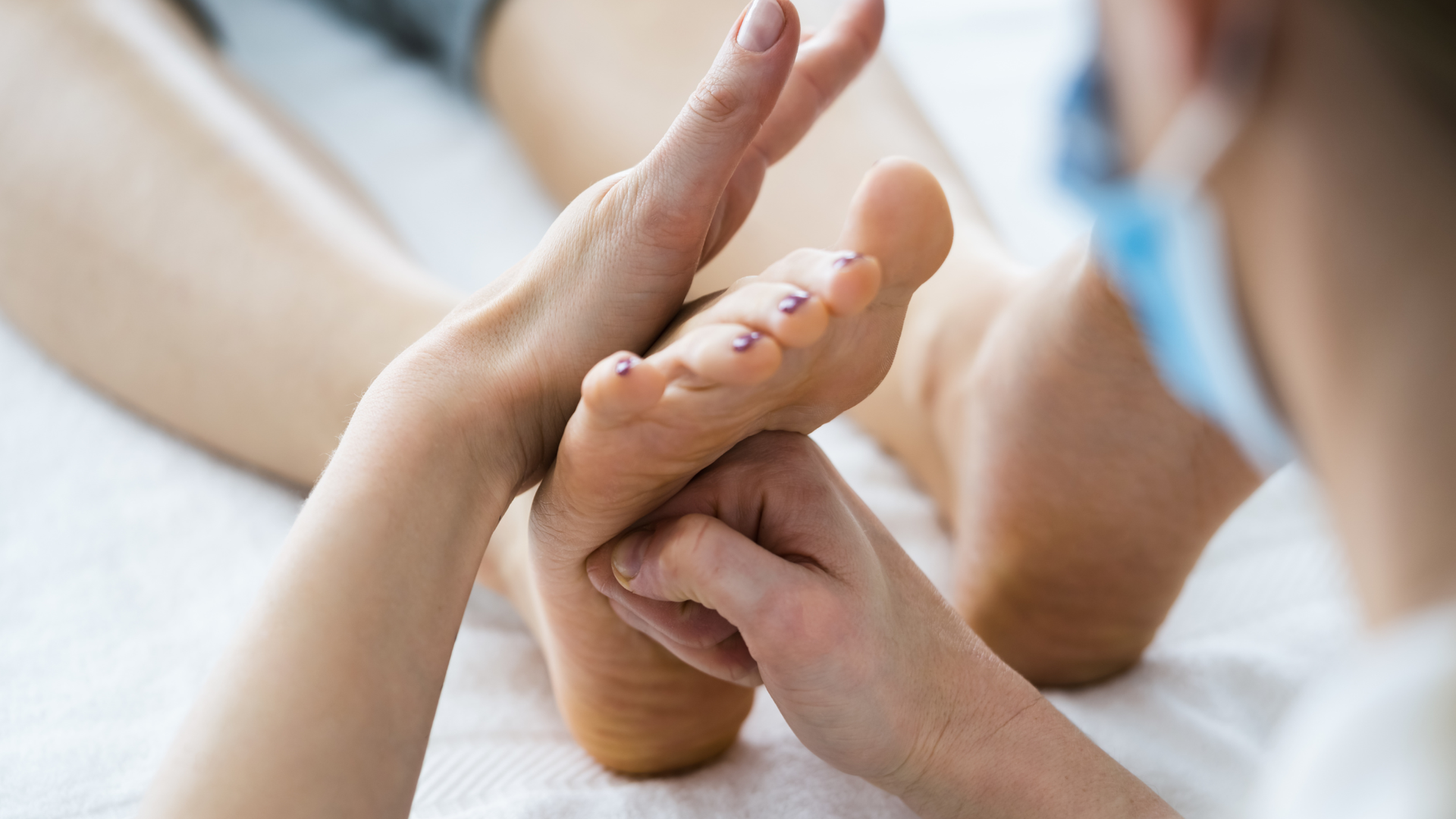The Knee Joint - Meniscal Tears
Meniscus (men-isk-us); Meniscal (men-isk-l); Menisci (men-isk-eye)
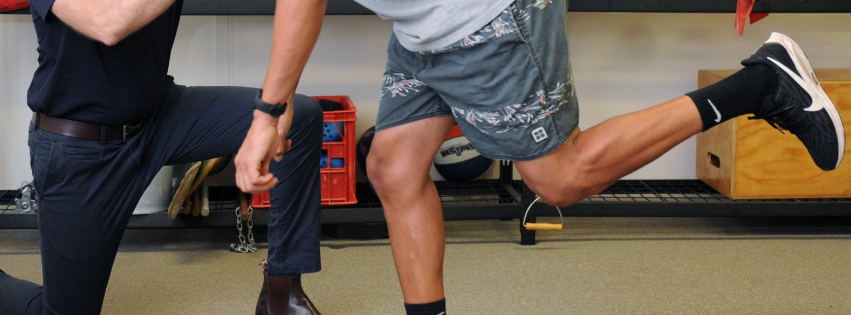
The meniscus is one of those things that when you start talking to patients about them, their eyes glaze over and they start fidgeting with their phones, looking for a simpler explanation to their knee pain.
What are they?
To put it in simple terms, the menisci are the shock distributors of the knee, sitting between the thigh bone (femur) and the lower leg bone (tibia). These C-shaped pieces of cartilage are important for dispersing load - when we walk, run, hop, jump and twist – pretty much everything we do. They help to stabilise the knee during rotational movement with assistance from ligaments and muscles, and improve the area of contact between the bones, which in turn helps the knee move smoothly and in line. There is a medial one, and a lateral one, and, REALLY IMPORTANTLY, they have minimal blood supply. More about this fact later.
Finally, they are super important. Many years ago, a basketball team was losing a lot of player time to meniscal injuries. So, one off season, the team doctor decided to get them removed.
From all the players.
Gulp.
The outcome was a lot of early onset osteoarthritis, and, at a guess, a big lawsuit.
Injury to the meniscus
Injury to the meniscus is relatively common, particularly in twisting sports – think AFL, hockey, soccer, netball, dancing and martial arts. The most common mechanism of injury involves a twisting motion through a planted foot, with a resultant tear of the cartilage. These can be small, large, or even a flap tear (what we like to call 'bucket handle' tears) that can result in the knee ‘locking’.
Acute tears are more common in younger populations and are usually (but not always) associated with pain around the joint line, swelling and difficulty weight bearing. Chronic tears can also occur. These are more more common in the older population as the meniscus naturally becomes worn over time. They are often pain free and go unnoticed, but can also be functionally limiting and debilitating.
What to do
Importantly, if you have injured your knee, get it properly assessed first by a physio. There are lots of structures in the knee that can cause pain, and the meniscus is rarely injured in isolation. We know this stuff really well and have a battery of tests to help determine what is casuing your knee pain.
If you have torn your meniscus, particularly the inner part of the 'C', then it will not repair naturally. Why? Well, remember how it has a poor blood supply? This means that it cannot get enough of the good stuff from the blood to repair. This does not mean they don’t get better. Often, once inflammation has resolved and normal knee movement and strength is regained, people can continue with normal activity and sport pain free. That’s where good physio’s come in, with a graded loading program that is goal-oriented and patient-centred.
Larger tears, bucket handle tears and tears resulting in locking of the knee may require referral to a surgeon, something we can assist you with if needed. And if you are young and your tear is acute, you may be able to get the meniscus surgically repaired which generally has very good outcomes.
If your looking for some more information on the management of Anterior Knee Pain, check out this perspective from the Journal of Orthopaedic Sports and Physical Therapy:
Got knee knee pain and want to know the cause? Give us a call.
At Movement for Life Physiotherapy, we can assess and diagnose the cause of your knee pain and let you know whether you have torn your meniscus, injured a ligament, or sprained the joint. With a clear diagnosis and tailored management plan, we'll help get you back to the things you love sooner.
Give us a call now or click on BOOK AN APPOINTMENT to book online.
